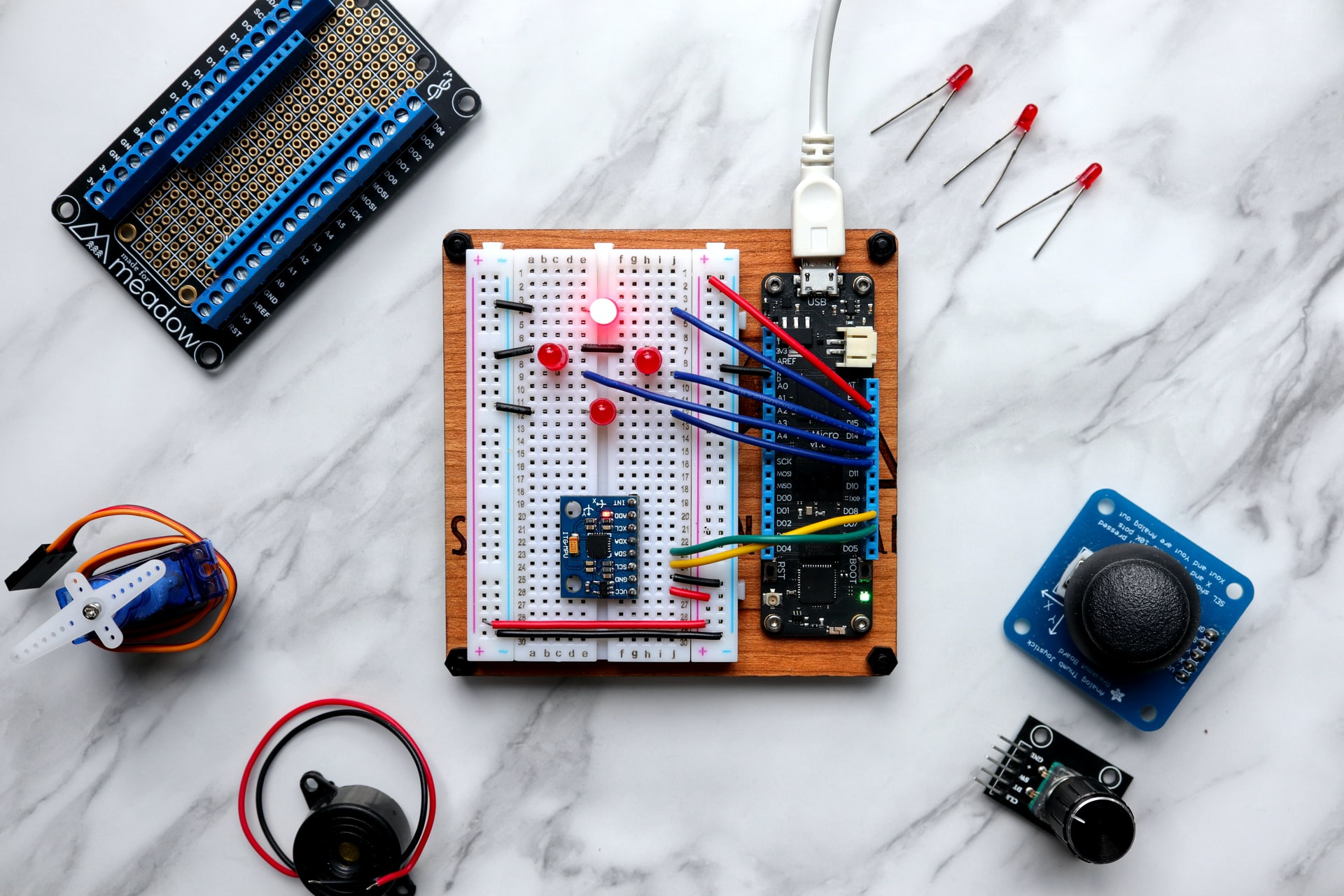Smart industries require a smart way of collecting data and that occurs with a help of sensors which acts as a nerve of the smart industry. When you write the logic in a PLC for motion, sensors help to provide an indication to the PLC or robot.
Proximity sensors or proximity switches have wide use in industrial automation and companies like omch providing the best Proximity Switch have taken these switch manufacturing to the next level. Not just one sensor but various types of proximity sensors are available on the market and that is what our article is all about.
About proximity sensors
These are built for detecting the motion/ movement/ presence of an object without having any physical contact. It then relays that information into an electrical signal and communicates the data. These sensors are also known as proximity switches in the automation industry and are mostly used for safety and inventory management applications.
Proximity switches in industrial automation are used for object detecting, positioning, counting and inspecting.
Features of proximity sensors or switches
1. Contactless sensing
Proximity sensors detect movement and presence without any physical contact with an object.
2. Service life
These sensors use semiconductor outputs and there are no moving parts so the service life is more extended than other sensors.
3. Affect of surface condition
There is no effect of surface condition as the sensor only detects physical changes.
4. Speed
Proximity sensors provide a high-speed response rate than other sensors where contact is required.
Types of proximity sensors
These sensors or switches have variety in them to suit every need and application for the device. Here they are:
Inductive proximity sensors
These are the most types of proximity sensors used in the automation industry mainly due to their usability and availability. It has a coil inside which generates an electromagnetic field to sense an object when it comes into range.
The sensor’s electromagnetic field gets damped when an object comes into and range and the state of output changes when it exceeds the electromagnetic field threshold. The most common use for these are counting products and transferring.
Capacity proximity sensors
Capacity proximity sensors and inductive proximity sensors are quite the same and the only difference is the mechanism. It works as a capacitor and has an energized metallic plate that serves as a capacitor on one side.
The most common use for these sensors are in manufacturing it detects changes in capacitance. Moreover, they can detect non-conductive materials like – plastic, glass, water and other liquids.
Magnetic proximity sensors
Magnetic or hall effect proximity sensors have a trigger that is activated by magnets. These sensors can provide digital or analog outputs and have many applications in the automation industry.
Mostly these are used in aerospace engineering for cylinder indication and also pneumatic cylinder means for linear actuation.
Ultrasonic proximity sensors
These sensors detect the presence of an object by emitting aishigh-frequency ultrasonic range. It is similar to conductive proximity sensors where the device emits frequency through a conversation of electrical energy.
They are used mostly for distancer measuring, wind speed and direction measuring, automation product process, fluid detection, and robotics.
IR proximity sensors
Infrared sensors emit a beam of infrared light to detect and transmit data of an object. It consists of IR LED which emits and a light that detects reflections; moreover, it also comes with a built-in signal processing circuit to determine the optical spots on the PSD.
Applications of proximity sensors
It has a wide range of use in industry as it has the object sensing capacity by using electromagnetic wave. Some of the applications are here:
- Detection of position and level
- Thickness measurement and limit detection
- The height of the stack is measured
- Packing machines and conveyor systems
- Engineering mechanics
- Processing of paper, textiles, and plastics
- Machines for printing
- Controlling the level in plastic or glass containers
The beaute of the proximity sensor is it can sense the presens of object without touch or any other physical contact.
Conclusion
Everything in the automation industry has a built-in sensor to ensure the efficiency and productivity of each machine in the factory. Starting from production to measuring and inspecting every product is done with several machines that have these built-sensors to ensure a product’s quality.
Our article has provided an in-depth look at the industrial use of proximity sensors and how each sensor benefits the line of products in the automation industry.











